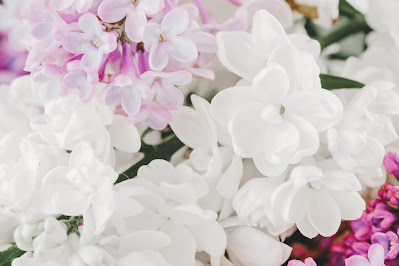Lily Flowers
Lily flowers, with their exquisite beauty and captivating fragrance, have long been cherished by garden enthusiasts and flower lovers alike. These enchanting blooms, known for their elegance and symbolism, hold a special place in the world of flora. In this article, we will delve into the fascinating world of lilies, exploring their history, varieties, and the profound meanings they carry. Join us on this journey as we unravel the secrets behind the allure of lily flowers.
A Brief History of Lily Flowers
Lilies have a rich historical background that dates back thousands of years. Ancient civilizations, such as the Greeks, Romans, and Egyptians, revered lilies for their beauty and associated them with various gods and goddesses. In Greek mythology, lilies were believed to have sprung from the milk of the goddess Hera, symbolizing purity and motherhood. The Romans, on the other hand, associated lilies with Venus, the goddess of love and beauty. These early associations laid the foundation for the symbolism and significance of lilies that persists to this day.
Varieties of Lily Flowers
Lily flowers come in a wide array of shapes, sizes, and colors, making them a versatile choice for any garden or floral arrangement. Some popular lily varieties include:
- Asiatic Lilies: These lilies are known for their vibrant colors, ranging from bright yellow and fiery orange to deep red and soft pink. They are often the first to bloom in the summer, adding a burst of color to gardens.
- Oriental Lilies: With their large, fragrant blooms, oriental lilies are a favorite among flower enthusiasts. Their petals are often adorned with intricate patterns and shades of white, pink, and burgundy. These lilies are renowned for their intoxicating fragrance.
- Trumpet Lilies: These majestic lilies feature large, trumpet-shaped blooms that can reach impressive heights. Their flowers are usually white or creamy yellow, exuding an aura of elegance and grandeur.
- Tiger Lilies: Named for their distinctive spotted petals, tiger lilies are a sight to behold. Their vibrant orange blooms, adorned with dark spots, create a striking contrast in any garden.
Symbolism and Meanings
Lilies carry deep symbolic meanings that have transcended cultures and generations. Some common interpretations include:
- Purity and Innocence: Lilies are often associated with purity and innocence, making them a popular choice for bridal bouquets and religious ceremonies. Their pristine white petals symbolize purity of the soul and a fresh start.
- Renewal and Rebirth: The regenerative nature of lilies has led to their association with renewal and rebirth. As these flowers emerge from bulbs and bloom anew each year, they represent the cycle of life and the promise of new beginnings.
- Love and Devotion: Lilies also symbolize love and devotion. In many cultures, they are often given as gifts to express deep affection and admiration. The vibrant colors and delicate fragrance of lilies make them a perfect choice for romantic gestures.
Cultivating and Caring for Lily Flowers
To fully enjoy the beauty of lilies, proper cultivation and care are essential. Here are some tips to help you grow healthy and vibrant lilies:
- Choose the Right Location: Lilies thrive in well-drained soil and prefer a sunny spot in the garden. Ensure they have enough space to grow and receive adequate sunlight.
- Planting and Watering: Plant lily bulbs in the early spring or fall, following the recommended depth and spacing for the specific variety. Water regularly, keeping the soil moist but not waterlogged.
- Protection from Pests: Lilies are susceptible to pests such as aphids and lily beetles. Monitor your plants regularly and take appropriate measures to protect them from infestations.
Lily flowers, with their timeless elegance and profound symbolism, continue to captivate our hearts and minds. Whether adorning a garden, enhancing a floral arrangement, or conveying heartfelt emotions, lilies bring a touch of grace and beauty to any setting. As we appreciate the enchanting allure of these blooms, let us embrace their messages of purity, renewal, and love. So, the next time you encounter a lily, take a moment to admire its exquisite petals and bask in the splendor of nature's masterpiece.
Hi Hello Please Support Us by Donating a Little its a Big Help to Us! Thank you
G-Cash +639552394832 and PayPal: Please Support Us
















